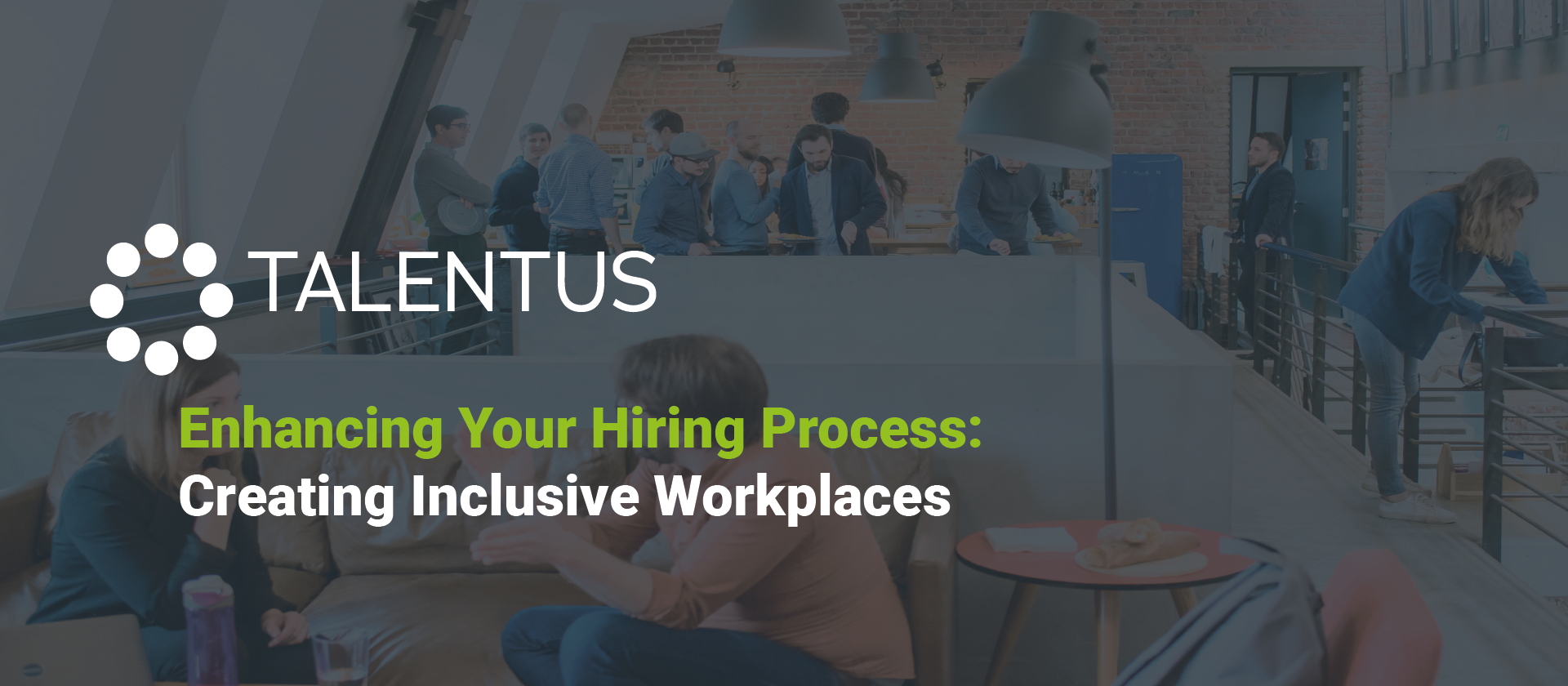Building an inclusive workplace starts with an effective and equitable hiring process. Companies that prioritize diversity and inclusion not only attract top talent but also benefit from a broader range of perspectives and ideas. In this blog post, we’ll explore key tips for improving your hiring process and fostering inclusivity within your organization.
1. Review and Update Job Descriptions
The first step in creating an inclusive workplace is to examine your job descriptions. Remove biased language and focus on the essential qualifications and skills needed for the role. Ensure that your descriptions reflect your commitment to diversity and inclusion.
2. Diverse Hiring Panels
Form diverse hiring panels that include individuals from different backgrounds, genders, and experiences. A diverse panel can provide varied perspectives and reduce unconscious bias in the interview process.
3. Implement Blind Recruitment
Consider implementing blind recruitment practices, where personal information such as names, ages, and addresses are removed from applications during the initial screening process. This helps prevent unconscious bias based on demographics.
4. Standardize Interview Questions
Create a set of standardized interview questions for each role. This ensures that all candidates are assessed based on the same criteria. Include questions that gauge cultural fit and an understanding of diversity and inclusion.
5. Provide Unconscious Bias Training
Offer unconscious bias training for all employees involved in the hiring process. This training raises awareness of biases and equips staff with tools to make objective hiring decisions.
6. Expand Your Recruitment Channels
Diversify your recruitment channels to reach a broader candidate pool. Consider partnering with organizations that focus on underrepresented groups, attending diversity-focused job fairs, or using platforms that promote diverse talent.
7. Prioritize Skills Over Credentials
Instead of placing excessive emphasis on educational credentials, focus on assessing candidates’ skills and experiences relevant to the role. Skills-based hiring allows you to tap into a wider range of talent.
8. Offer Internship and Mentorship Programs
Create internship and mentorship programs aimed at underrepresented groups in your industry. These programs can serve as pipelines for diverse talent and provide opportunities for skill development.
9. Promote Inclusive Language
During interviews and communication with candidates, use inclusive language that demonstrates respect for all individuals. Avoid making assumptions about gender, race, or background.
10. Evaluate and Improve
Regularly evaluate your hiring process by collecting data on diversity metrics. Assess the effectiveness of your strategies, identify areas for improvement, and make necessary adjustments.
11. Support Employee Resource Groups (ERGs)
Encourage the formation of Employee Resource Groups (ERGs) within your company. These groups provide a space for employees to connect, share experiences, and suggest ways to improve diversity and inclusion.
12. Foster an Inclusive Culture
Finally, remember that creating an inclusive workplace is an ongoing commitment. Foster an inclusive culture where all employees feel valued and heard. Encourage diversity of thought, and ensure that your organization’s leadership champions inclusion.
Improving your hiring process to create inclusive workplaces is not just a responsibility—it’s an opportunity. By embracing diversity and inclusion in your recruitment efforts, you can build a stronger, more innovative, and more resilient organization. A diverse workforce not only reflects the world but also enhances your company’s ability to navigate it successfully. Follow these tips, and take proactive steps to create a more inclusive and equitable hiring process. Your organization and its employees will reap the benefits for years to come.
[/et_pb_text][/et_pb_column][/et_pb_row][/et_pb_section]